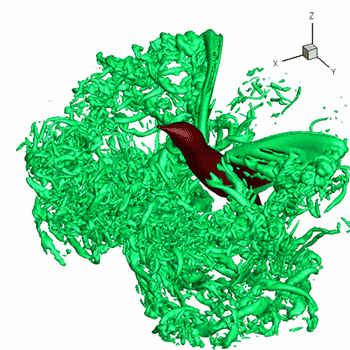How do you solve #x+2=e^(x) #?
2 Answers
Use Newton's Method
Explanation:
You cannot solve the equation using algebraic methods. For this type of equation, I use a numerical analysis technique called Newton's Method.
Here is a reference to Newton's method
Let
You start with a guess for
You do computation, feeding each step back into the equation, until the number that you get doesn't change from the previous number.
Because Newton's Method is computationally intensive, I use an Excel Spreadsheet.
- Open an Excel Spreadsheet
Into cell A1 enter your guess for
Into cell A2 enter the following expression:
=A1 - (EXP(A1) - A1 - 2)/(EXP(A1) - 1)
Copy the contents of cell A2 into the clipboard and then paste it into cell A3 through A10.
You will see that the number quickly converges on
Edit: After reading a very nice comment from Shell. I decided to find the second root by changing the value of cell A1 from 1 to -1. The spreadsheet quickly converges on the value
This question cannot be solved algebraically. Graphing gives
Explanation:
The left side of the equation
The right side of the equation
This equation cannot be solved algebraically but it can be solved graphically.
To solve, plot both

